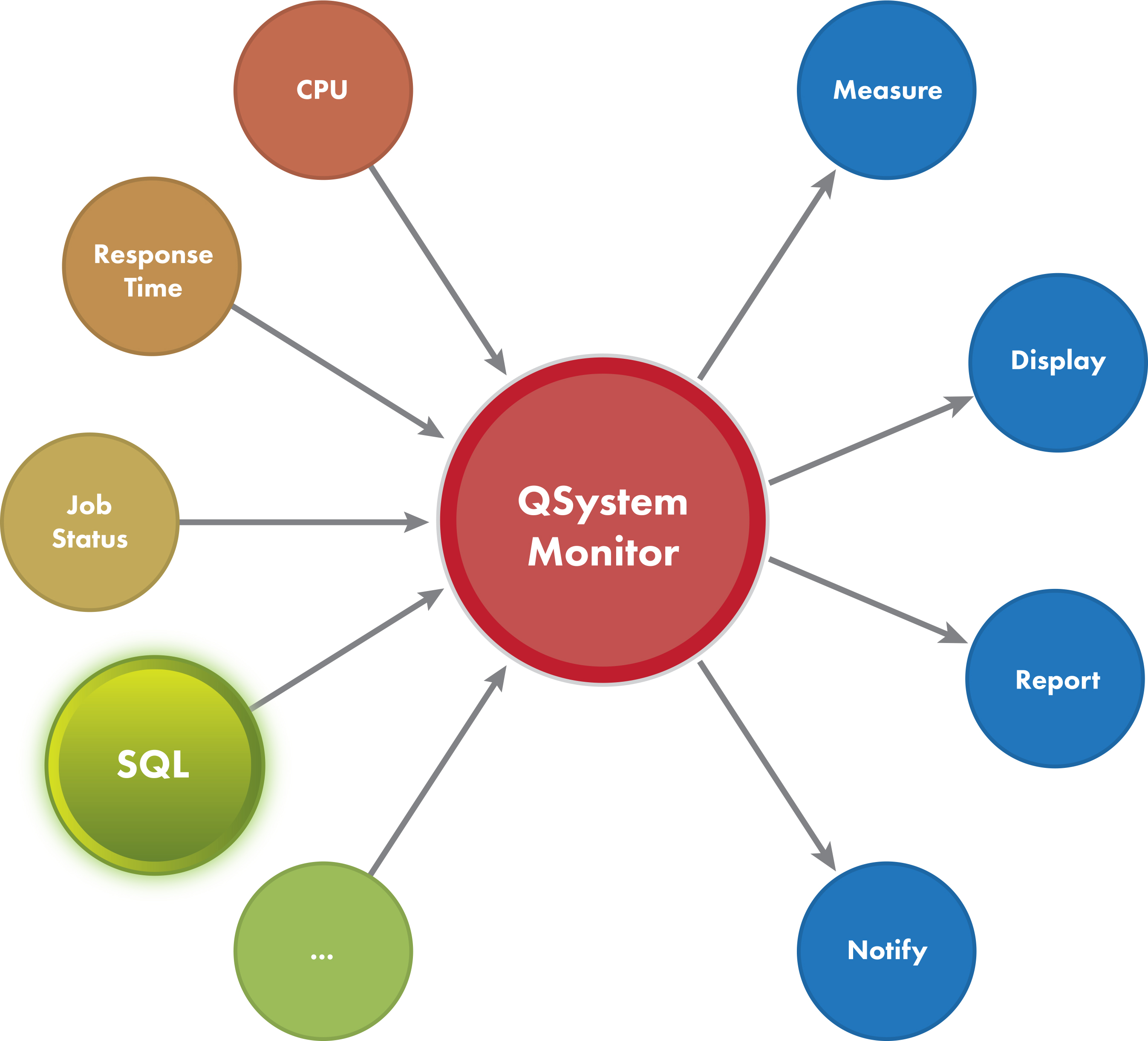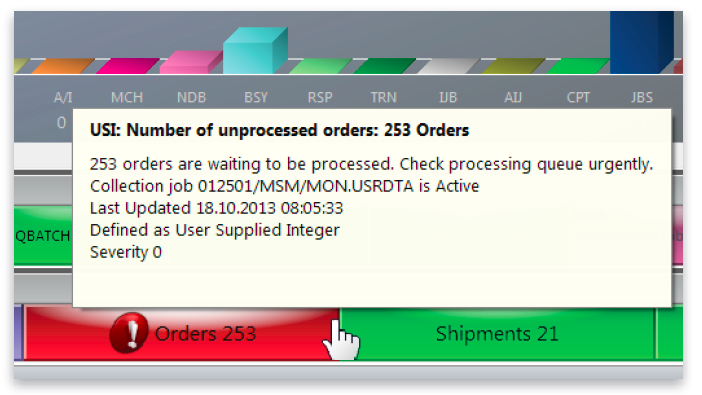Discover how you can use the information from any classical iSeries physical or logical file from any application and apply real-time monitoring, alerts, and reports for better business performance.
Organizations can now apply the valuable insights, analysis, and real-time notifications that they use for system information to information from broader business applications thanks to the SQL-based monitoring feature in QSystem Monitor. The implications could bring substantial benefits to the commercial bottom line and even provide businesses with new competitive advantage. The trick is knowing how and where to apply SQL-based monitoring in your IBM i environment.
When we talk about SQL-based monitoring, we're really talking about the ability to monitor SQL queries as defined by your business applications, the data they contain, and the ways this data can be useful for enhancing business operations. The options of what to monitor are vast. You may want to integrate data from ERP, warehouse, banking, or some other line-of-business application. The functionality of QSystem Monitor means you can monitor the status, count, or number of any application data element. Once the details are defined as an SQL query, you can leverage the infrastructure of QSystem Monitor for:
- Centralized graphical views
- Real-time notification of changes
- Creation of management reports
- Historical and predictive trend analysis
- Creation of thresholds on each real-time monitor to give you advance warning of climbing or diminishing resources or inventory, for example

Figure 1: The SQL SELECT statements fetch information from any chosen file on the system at regular intervals and return a single value (number or text) to QSystem Monitor, which then uses that data to store, display, compare it with thresholds and perform any resulting actions.
In the following example, we can see how a company might choose to use SQL-based monitoring to keep an eye on their unprocessed order count. They may have set a threshold on this number so they know to allocate more resources to help clear the order backlog and increase the efficiency of service to their customers.

Figure 2: This example shows how QSystem Monitor helps a company using SQL-based monitoring to keep an eye on unprocessed orders.
During our recent SQL-based monitoring webinar, we demonstrated a typical QSystem Monitor SQL-based monitor (like the one in the image above) and unveiled the data behind it. In that example, we saw a monitor for high-priority stock items. This transformed QSystem Monitor into a real-time alerting, reporting, and visual tool for efficient stock replenishment.
We were able to see that the database contained lots of information about the stock held by the company, but it was categorized into three important areas: Supply ID (which stock item), Supply Priority (how important it is; prioritized by best-selling items, for example), and On Stock Count (how many remain). In this scenario, it was important to keep a real-time check on the current stock levels of high priority items.
You can explore the advantages of SQL-based monitoring with a free trial of QSystem Monitor.
Want to know more about SQL-based monitoring? Download our datasheet.












 Business users want new applications now. Market and regulatory pressures require faster application updates and delivery into production. Your IBM i developers may be approaching retirement, and you see no sure way to fill their positions with experienced developers. In addition, you may be caught between maintaining your existing applications and the uncertainty of moving to something new.
Business users want new applications now. Market and regulatory pressures require faster application updates and delivery into production. Your IBM i developers may be approaching retirement, and you see no sure way to fill their positions with experienced developers. In addition, you may be caught between maintaining your existing applications and the uncertainty of moving to something new. IT managers hoping to find new IBM i talent are discovering that the pool of experienced RPG programmers and operators or administrators with intimate knowledge of the operating system and the applications that run on it is small. This begs the question: How will you manage the platform that supports such a big part of your business? This guide offers strategies and software suggestions to help you plan IT staffing and resources and smooth the transition after your AS/400 talent retires. Read on to learn:
IT managers hoping to find new IBM i talent are discovering that the pool of experienced RPG programmers and operators or administrators with intimate knowledge of the operating system and the applications that run on it is small. This begs the question: How will you manage the platform that supports such a big part of your business? This guide offers strategies and software suggestions to help you plan IT staffing and resources and smooth the transition after your AS/400 talent retires. Read on to learn:
LATEST COMMENTS
MC Press Online